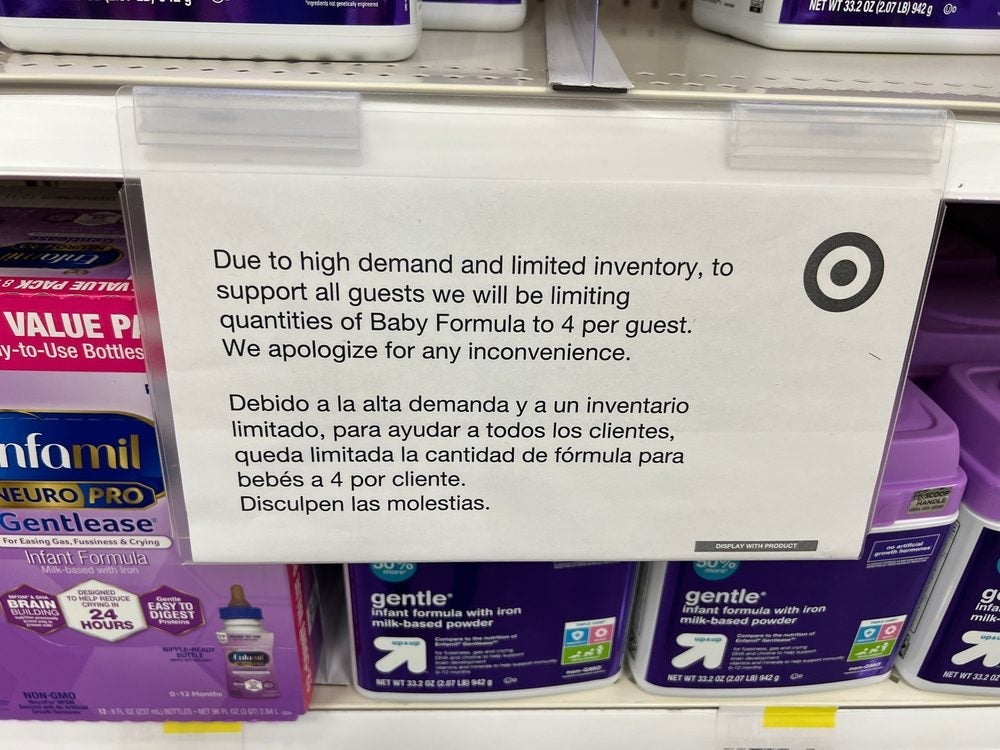More than one-third of Americans say they’ve chosen to not purchase a specific brand because of distasteful ads, according to a new Adweek Media/Harris Poll.
The study found that 35 percent of Americans have made this decision, while 22 percent have never blacklisted a brand because of unpleasant ads but have thought about doing so. Meanwhile, 43 percent say they’ve never chosen to not purchase a brand because of distasteful ads.
Have you ever avoided a brand because of their spokesperson? You’re not alone, according to the study, which found that 28 percent of Americans have opted to not purchase a brand because they didn’t like the spokesperson it used, while 22 percent said they haven’t made this decision but thought about it and 50 percent have never done so.
Meanwhile, 27 percent of Americans say they’ve chosen to not purchase a certain brand because they didn’t like the program or event being sponsored by the brand. Twenty percent have only thought about doing this.
Interestingly enough, consumers who were more educated and earned more were more likely to have chosen to not purchase a brand because of the above reasons.
With regards to distasteful ads, 29 percent of respondents with a high school education or less said they chose not to purchase a brand because of this reason, compared with 37 percent of those with some college education and 43 percent of college graduates.
With regards to spokesperson disdain, 23 percent of respondents with a high school education or less said they chose not to purchase a brand because of this, compared with 31 percent of those with some college education and 33 percent of college graduates.
An unfavorable sponsored event or program caused 24 percent of those with a high school education or less to avoid the brand, compared with 27 percent of those with some college education and 33 percent of college graduates.
On the income front, distasteful ads caused 36 percent of those with household incomes of less than $35k to not purchase a brand, compared with 30 percent of those with incomes of $35k-$49k, 35 percent of those with incomes of $50k-$74.9k and 39 percent of those with incomes of $75k+.
An unfavorable spokesperson was the reason for avoiding a brand for 25 percent of those earning less than $35k, compared with 33 percent of those earning $75k+.
Meanwhile, an unfavorable sponsored event or program was the cause of avoidance for 28 percent of those earning less than $35k, compared with 30 percent of those earning $75k+.
One of the takeaways of the study has a Tiger Woods-esque feel to it: “What is also difficult is when a long-time spokesperson becomes involved in something scandalous. Each brand they endorse must make the difficult decision of whether to "break-up" with the spokesperson over that scandal or attempt to ride it out and not have consumers flee the brand.”
Source:
 Network
Network

